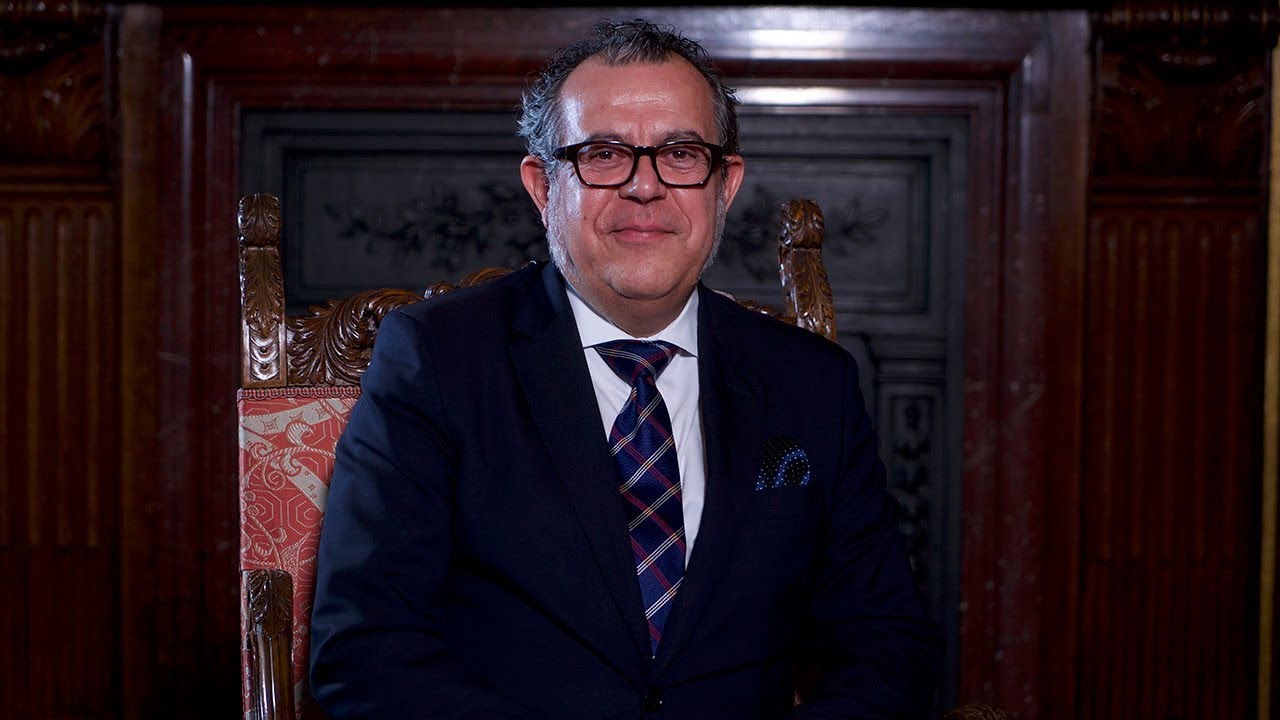The history of Spain counted in 82 objects
From a prehistoric axe (500,000 BC) until terminal 4 in the Madrid Barajas airport (2006) 82 objects have served the Spanish historian Manuel Lucena, a disciple of the Hispanist John Elliot, to repass the history of Spain and part of America.
‘These are all there are, but of course not all of them are there’ said Manuel Lucena, who was attached as an educationalist to the Spanish embassy in Bogota, over his book ’82 objects which tell of a country’ (Taurus),

Manuel Lucena - https://frdelpino.es/
This book was born from the ‘enormous interest’ which exists for this ‘cultural material’; for objects which define the history of the nations, he affirmed in an interview with Efe news agency from the Colombian capital.
It is part of a historiographical current which has given among other fruits books on subject published by the British Museum in London and the Smithsonian Institution in Washington, in which they identify 100 and 101 significant objects.
The 82 objects in the book by Lucena are fewer but more interesting and representative of the ‘the cultural and referential material in a determined emotional community which is called Spain’.
In his summary of history in Spain we find from the stone lions in the Alhambra to the first map of America, passing through flamenco, the car in which admiral Luis Carrero Blanco died in terrorist attack, the Osborne black bull, the football World Cup and the humble ‘mop’ a gadget to wash floors without kneeling or scrubbing.
Every object deserves an illustration and a ‘small essay’ from Lucena who had wanted his work to have ‘colour’ and be pleasant.
He is also a ‘revisionist’, ‘militant’ and drinks always from original sources, because he says ‘without sources there is no history’
’82 objects which recount a country’ is according to the author, ‘more Sorolla than Solana’ two well-known Spanish painting experts in representing light and darkness respectively.
Formed in Oxford University and invited professor at Harvard, Lucena has never hidden his love of art. The object he most likes to ‘portray’ is the ‘Las Meninas’ in which Diego de Velázquez captured ‘the mystery of life’.
However his choice of terminal four in the Barajas airport which has recently been renamed Adolfo Suárez is an ‘object’ which considers the ‘the synthesis’ of a country ‘past post modern and very global’ as in Spain today.
‘It’s organic, mechanical, efficient and also controversial’ he said about the building created by the architects Antonio Lamela and Richard Rogers.
In the part dedicated to the ‘long XIX century’ where he chooses a ladies fan as object number 59, Lucena permits himself ‘to adjust the personal accounts’ of the romantic travellers which then contributed to the myth of the ‘abnormality’ of Spain, a country pure, savage, romantic and outside material progress, according also to authors such as Merimee, the creator of ‘Carmen’.
Lucena also hits hard against the idea born in the XIX century around ‘a species of genetic incapacity’ for the Spanish about science, generally accompanied by the commiseration for whoever chooses to be a scientist.
He died on February 7 2015
